
Mastering Python Networking: Utilize Python packages and frameworks for network automation, monitoring, cloud, and management, 4th Edition

Python Coding January 31, 2024 Books, Python No comments

Python Coding January 31, 2024 Books, Python No comments
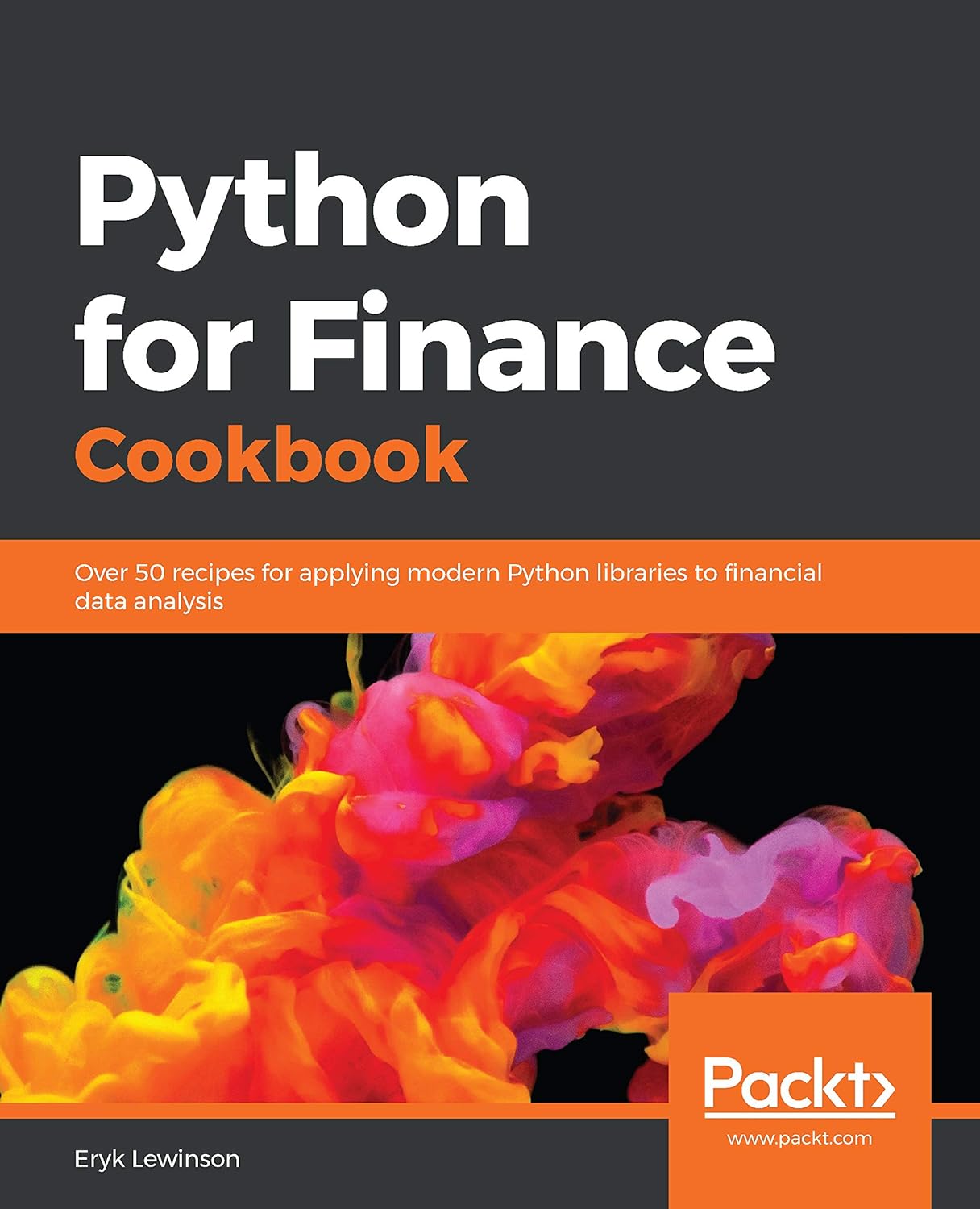
Python Coding January 31, 2024 Books, Python No comments
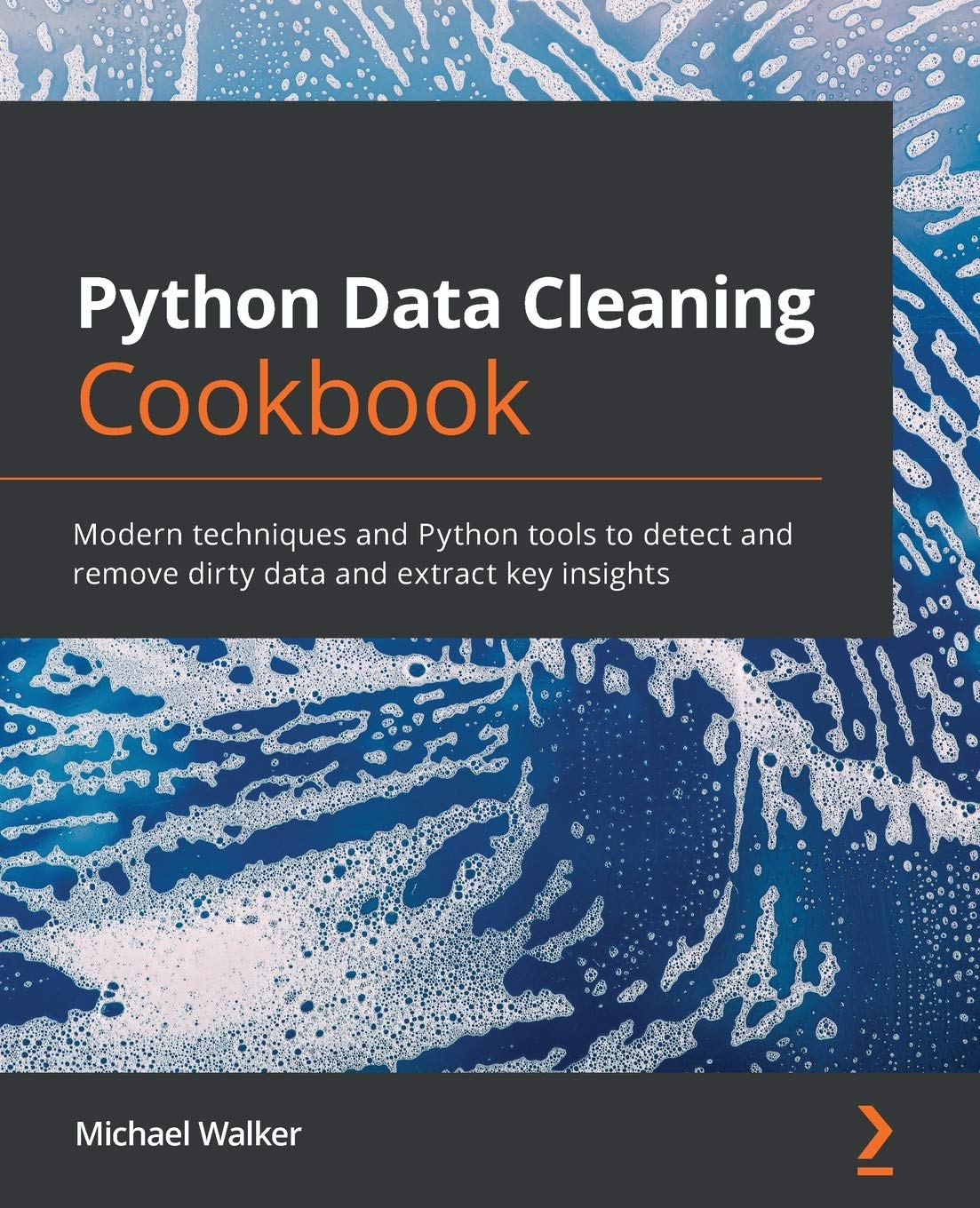
Python Coding January 31, 2024 Books, Python No comments

Python Coding January 31, 2024 AI, Books, Python No comments

Python Coding January 30, 2024 Data Science No comments

Python Coding January 29, 2024 Books, Python No comments
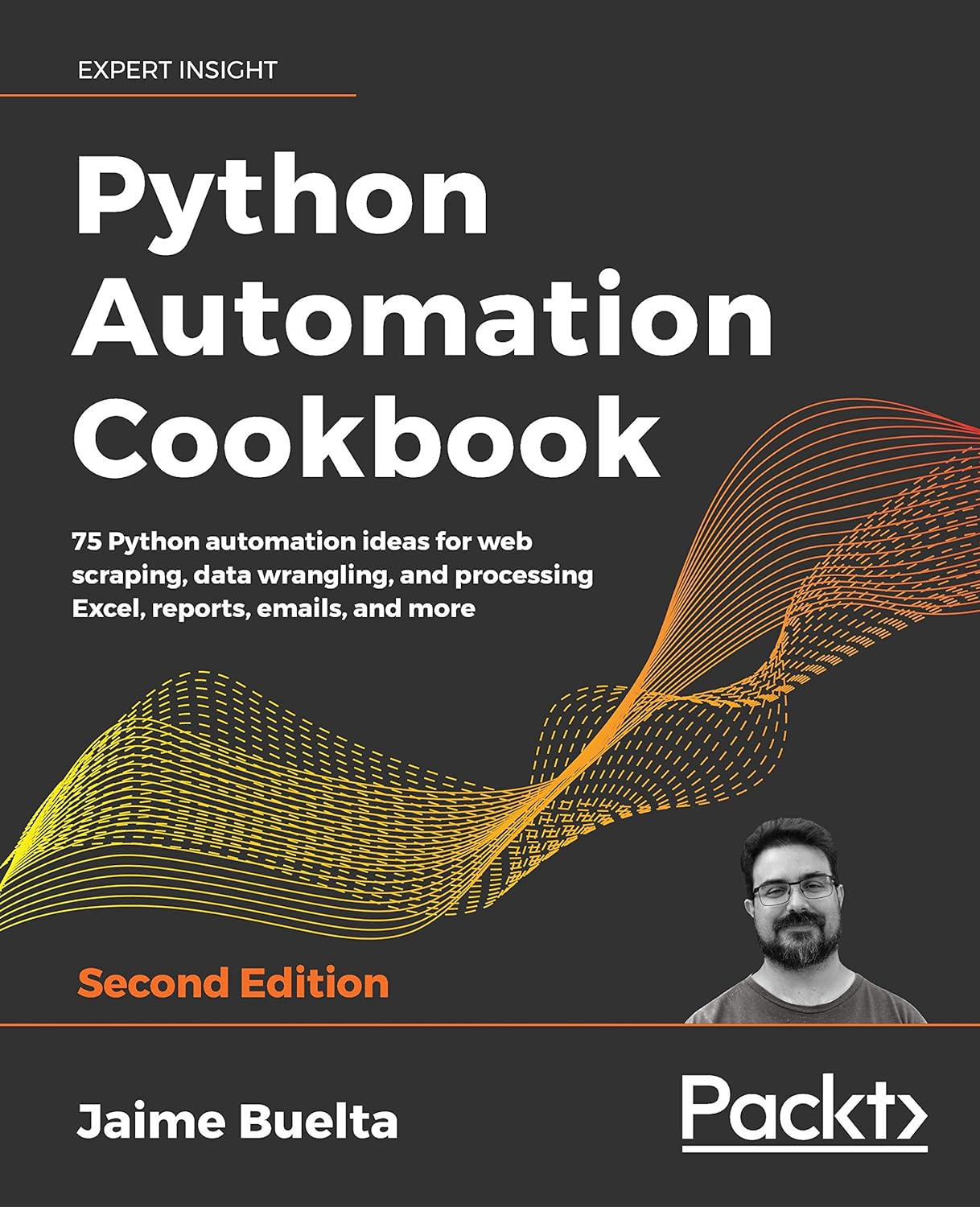
Python Coding January 29, 2024 Books, Python No comments
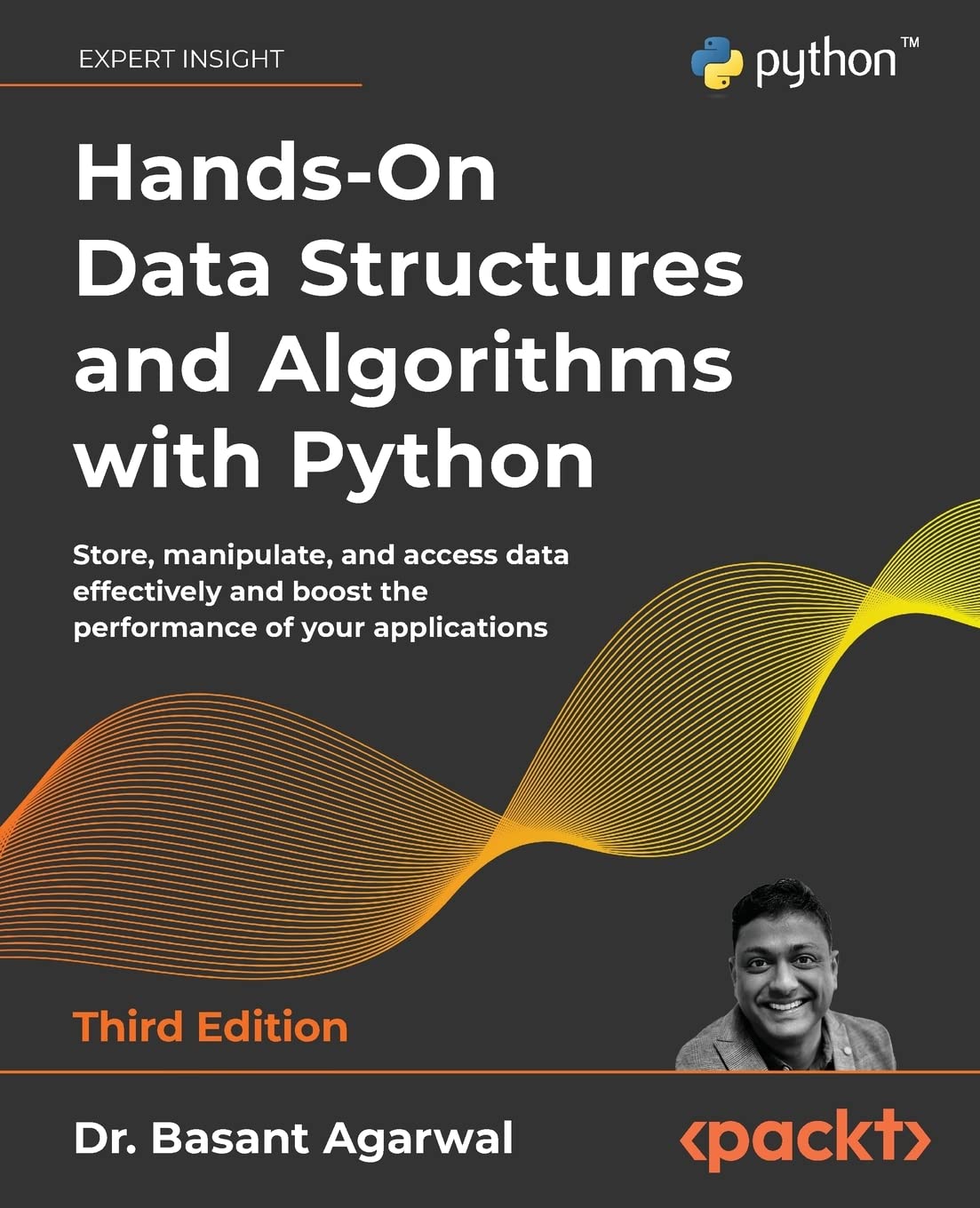
Python Coding January 29, 2024 Books, Python No comments

Python Coding January 29, 2024 book, Python No comments
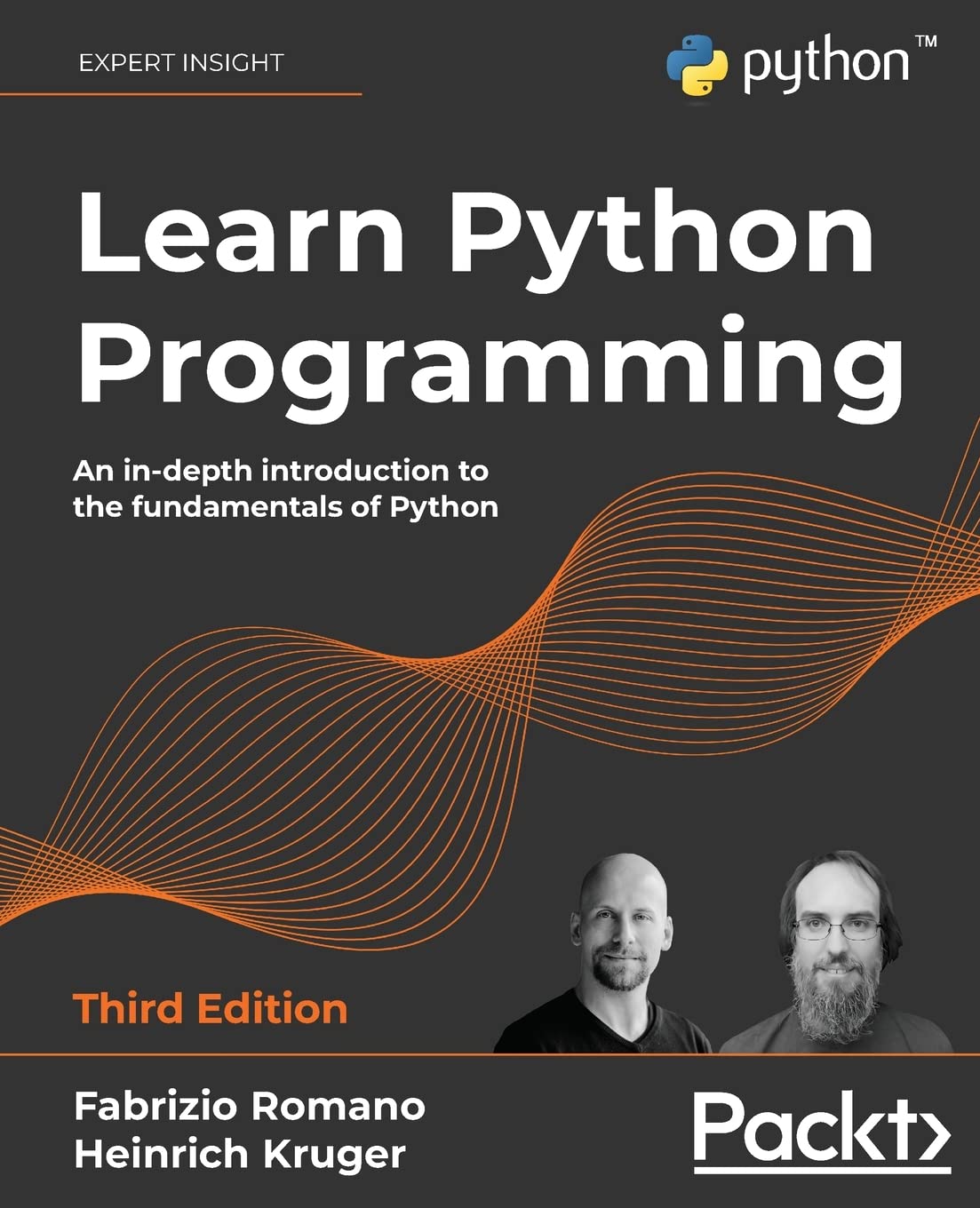
Python Coding January 29, 2024 book, Python No comments
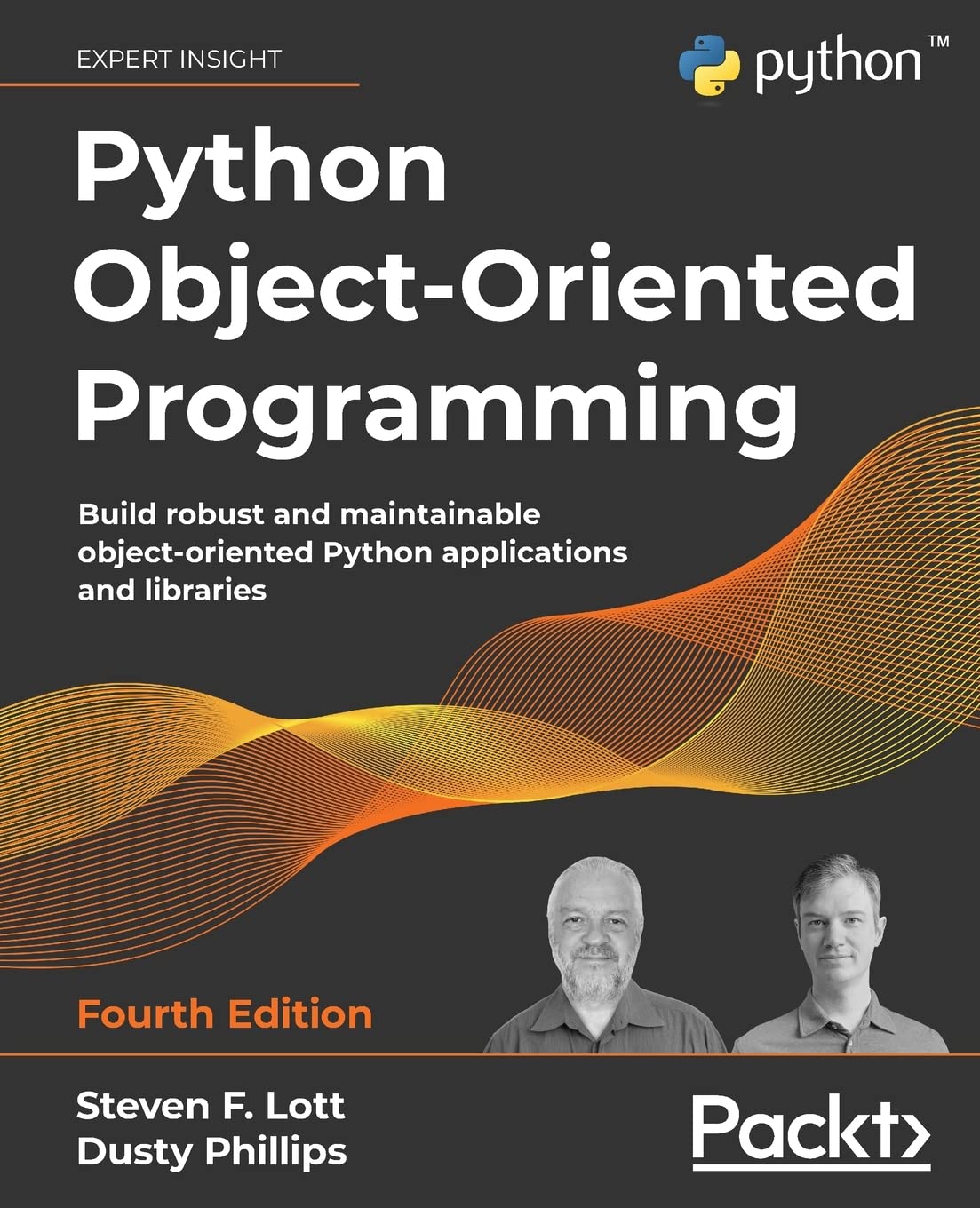
Python Coding January 28, 2024 Books, Python No comments

Python Coding January 27, 2024 Coursera, Google No comments

Python Coding January 27, 2024 Data Science, Python No comments

Free Books Python Programming for Beginnershttps://t.co/uzyTwE2B9O
— Python Coding (@clcoding) September 11, 2023
Top 10 Python Data Science book
— Python Coding (@clcoding) July 9, 2023
🧵:
Top 4 free Mathematics course for Data Science ! pic.twitter.com/s5qYPLm2lY
— Python Coding (@clcoding) April 26, 2024
Web Development using Python
— Python Coding (@clcoding) December 2, 2023
🧵: